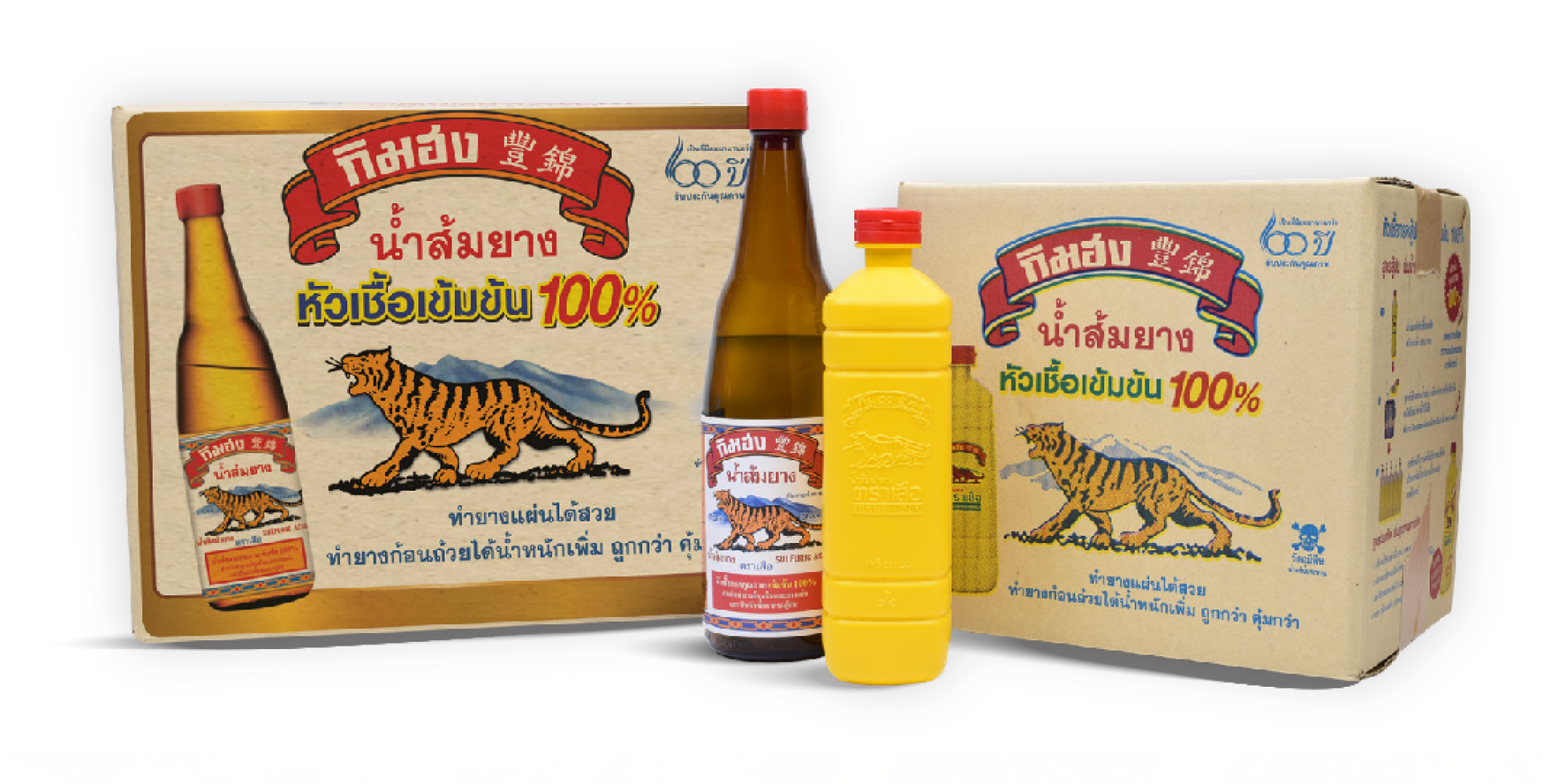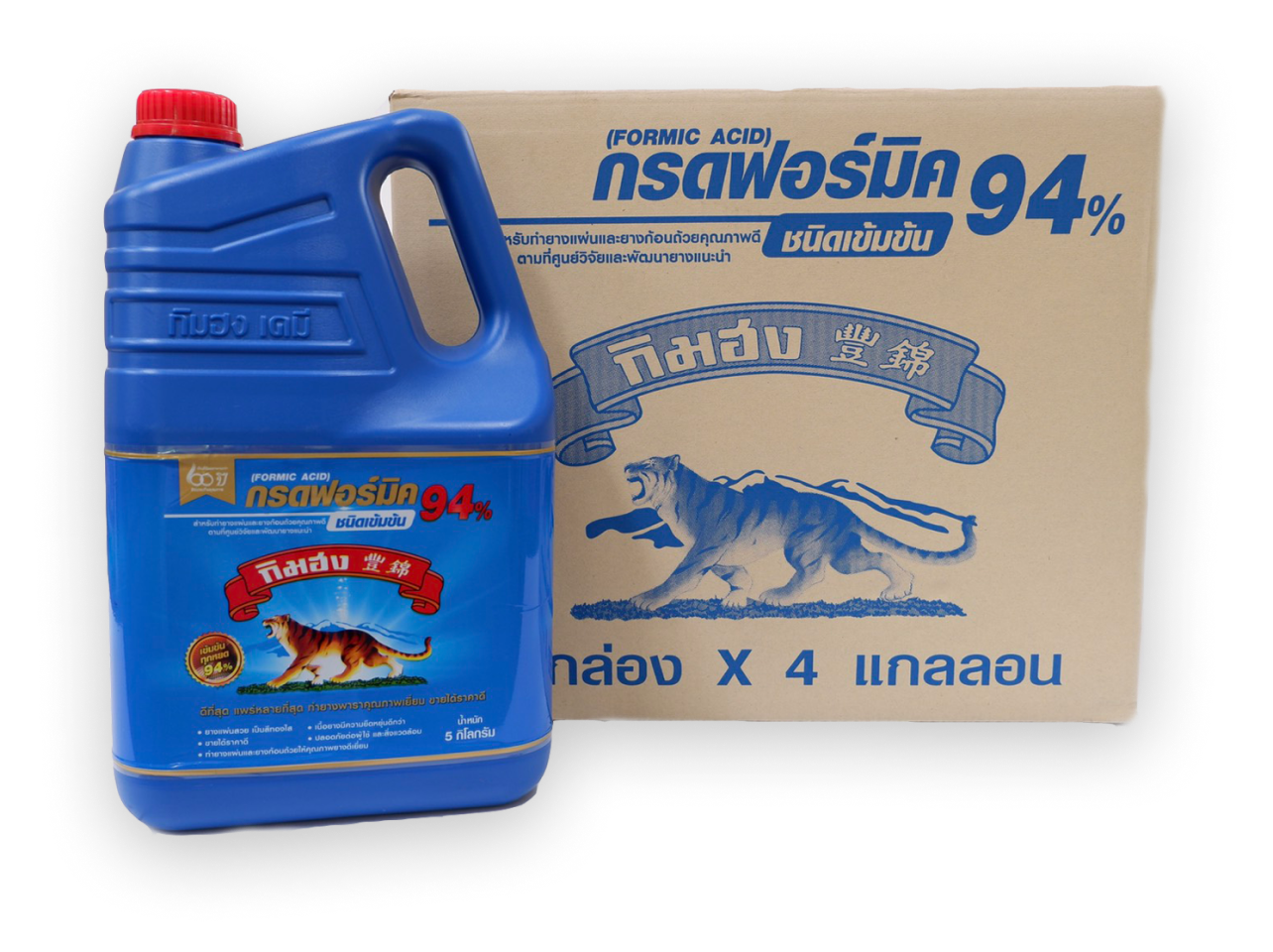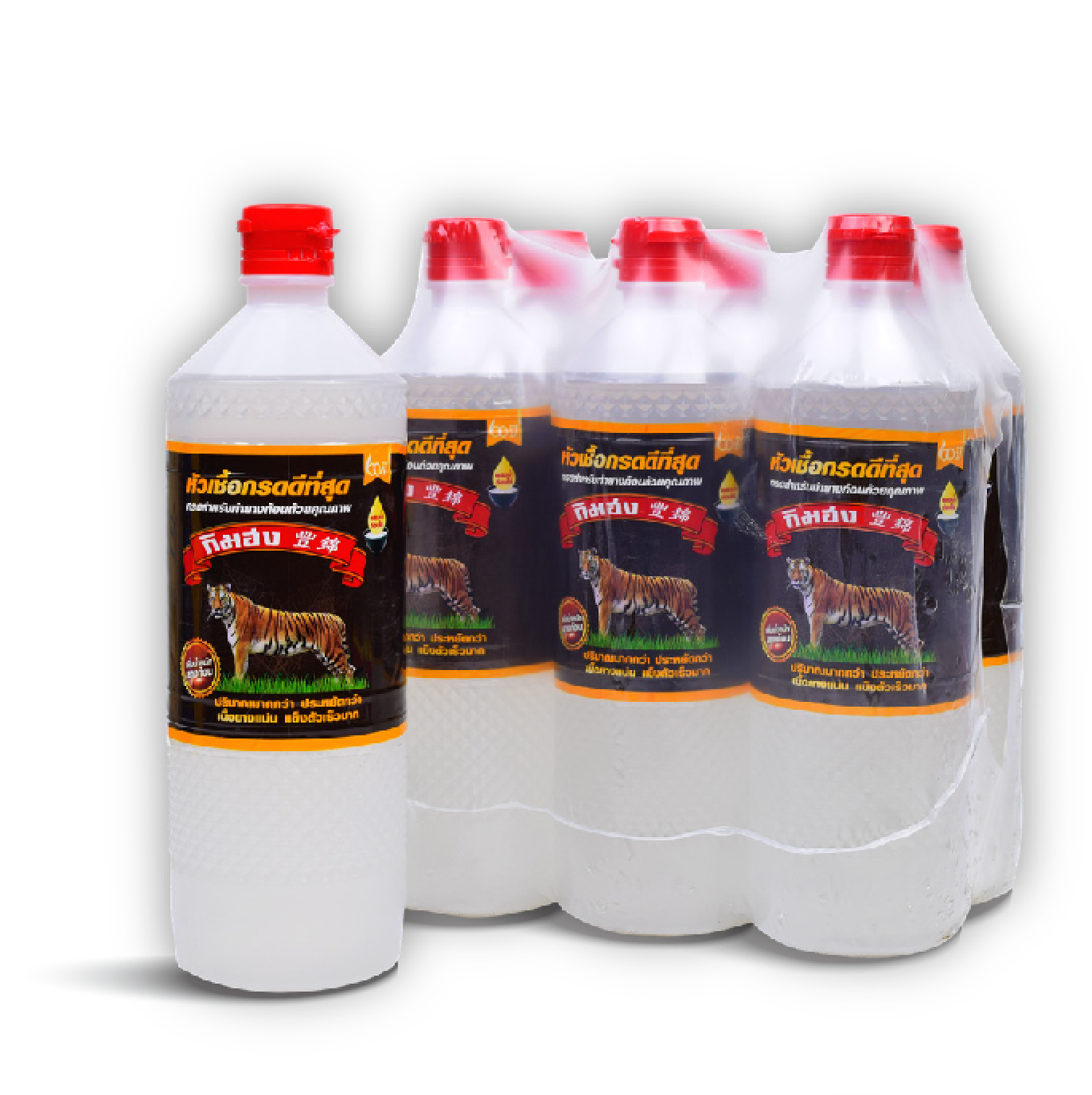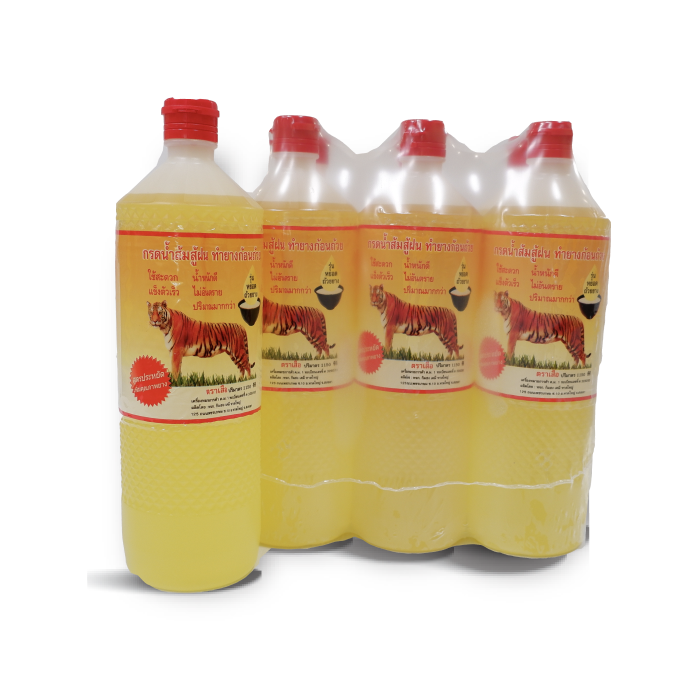For those who are interested in planting rubber trees, this is information on how to plant rubber trees correctly. The detail will begin with the soil preparation and cover all the way till the taking care of the rubber trees, including the use of fertilizer and weed control.
Soil preparation
If the desired area is wood or there are other types of trees in the area, the first step must be done is to remove all the trees and clear the area.
However, if the area is already clear, you can go on to the process of plowing twice and shoveling once.
For slope area of more than 15 degree such as hill area, the plantation must be done in stepped landscape.
Soil preparation
The soil preparation is depending on the purpose, condition, and parameter of the area used for rubber plantation. Detail is shown in the table below.
Planting rubber trees
The popular type of planting trees is the grow bag tree, 1 to 2 layers of leaves. After preparing the soil and setting gaps between trees, hole size 50 x 50 x 50 (width x length x depth) must be prepared. The upper and lower soil must be separated and air-dry for 10 to 15 days. After that, the dried soy is to be broken down and mixed with the rock phosphate fertilizer with the ratio of 170g./hole.
In the Northern and Northeastern regions, farmers should add some organic fertilizer with the ratio of 5 kg/hole, mixing with upper soil and the rock phosphate fertilizer.
The suitable season for rubber planting is the rainy season.
Planting rubber trees with grow bags, first, would begin with laying down the hole with the laying down of the mixture of a soil and rock phosphate fertilizer. Cutting the bottom of the grow bags for about 1 inch in order to remove the crooked roots. Place to cut grow bags into the holes, making sure that the soil in the grow bag or the joint between the tree and root are at the same level with the edge of the hole.
Align the rubber trees properly, cut the side of the grow back from the bottom to the top. Covering with the remaining lower soil until nearly reach the edge of the hole.
Pulling and removing the grow bag and press the soil around tightly. Filling up the hole with the soil and press tightly, filling the bottom part of the trunk with more soil to make some slope in order to drain out water. Finally, tie to planted rubber tree to a temporary pole.
Taking care of planted rubber trees
Replacement If any of the newly planted trees die, quickly replace it with a new one before the end of the rainy seasons.
Trimming of the rubber tree during the initial state would be the removal of all branches below the height of 2 meters. For larger rubber trees, the thick, dry, and infected branches would be removed.
Fertilizer There are 3 formulas for different age and area of rubber trees.
1. Formula 20-8-20. Suitable for rubber trees before tapping, planted in the Southern and Eastern regions.
2. Formula 20-10-12. Suitable for rubber trees before tapping, planted in the Norther and Northeastern regions.
3. Formula 30-5-18. Suitable for tapped rubber trees, plated in any region.
Weed control
1. Important weed in rubber farms are Blady grass, Slender-Panic grass, Hilo grass, Siam weed, Sleepy plant, and various ferns. These weeds can be controlled by,
- Manual method. Plowing, mowing with hoe, knife, or lawnmower.
- Covering plants. Covering the area with the Legume family plants such as Calopogonium Centrosema and Peralia.
- Use of chemical.
2. Some important diseases for young rubber trees are Trunk Base Dryness and Die Back. The best way to prevent them is to correctly follow the instruction. Covering the trunk base during the dry season and planting the rubber trees in the area with soil deeper than 1 meter. For tapped trees, some important diseases are Phytophthora, Pink Disease, Black Stripe, Moldy Rot, Panel Dryness, and Root Disease. The best way to prevent them is to follow the correct instruction. Making the farming area clear and open as well as constantly fertilize the soil and practice the ½ S, D/2 system of rubber tapping (half spiral tapping with frequency of once every 2 days)
3. Pest is not a vital problem for rubber trees. Some issue from pest might be the termites, attacking young or newly planted runner trees. The termites can be removed by using Fipronil with the ration of 80ml. mixing with 20 liters of water. Pouring 1 to 2 liters of the mixture at the trunk base and roots.





 menu
menu กิงฮง - March 13, 2013
กิงฮง - March 13, 2013








